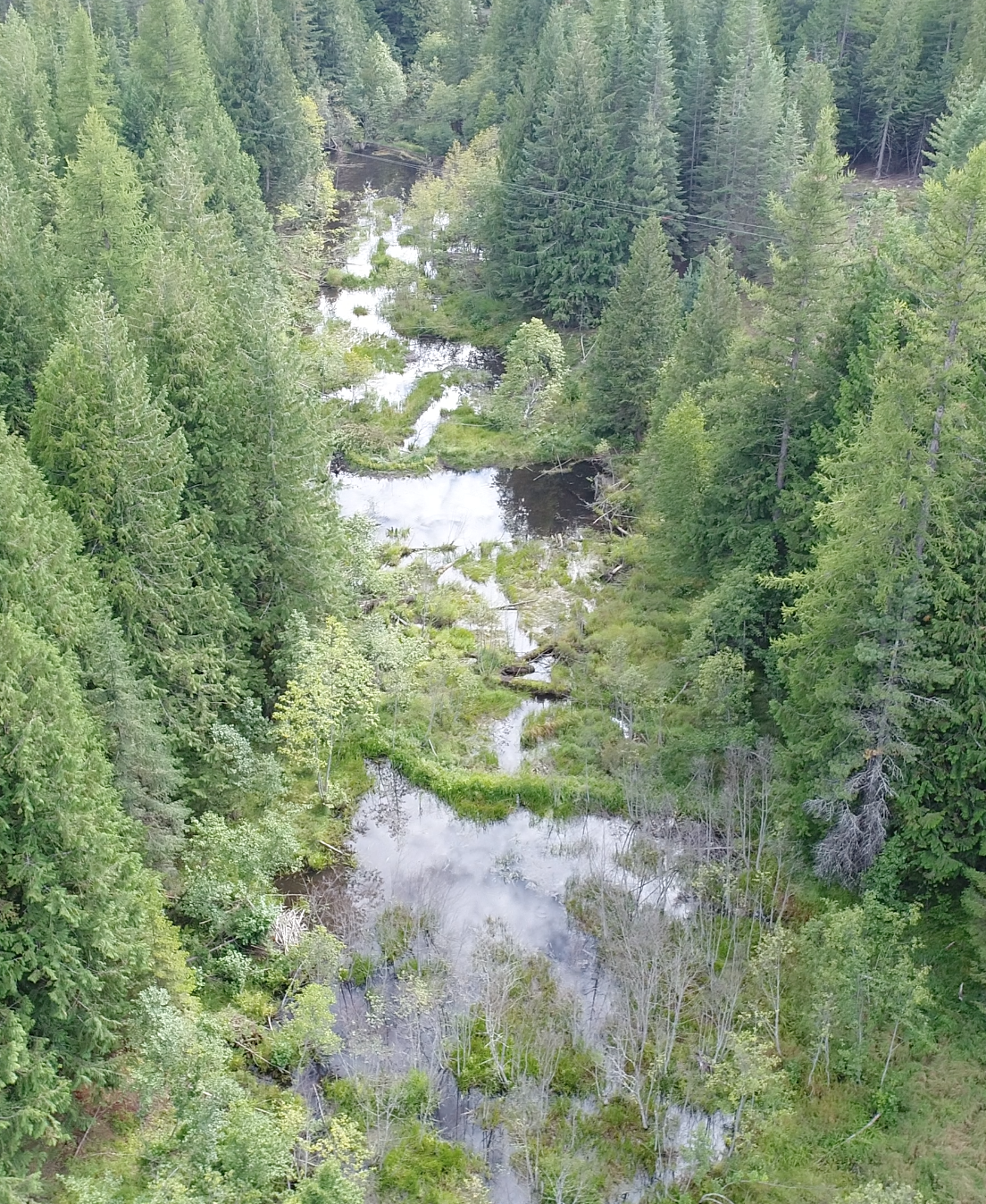
Beavers are a species of large aquatic rodents that play a critical role in many ecosystems across North America, Europe, and Asia. These animals are part of the family Castoridae, which includes only two extant species – the North American beaver (Castor canadensis) and the Eurasian beaver (Castor fiber). Beavers are known for their unique abilities to build dams and lodges that can significantly impact the ecology of the surrounding environment.
Anatomy and Taxonomy of Beavers:
Beavers are a unique species of rodent, with a flat, wide tail, webbed feet, and long, sharp teeth. They have a stocky, barrel-shaped body that is covered in waterproof fur. Beavers are herbivores, and their diet consists mainly of bark, leaves, and aquatic plants. They are excellent swimmers, and their webbed feet and flattened tail make them incredibly agile in the water.
Beavers belong to the family Castoridae, which is part of the order Rodentia. The genus Castor includes only two species, the North American beaver (Castor canadensis) and the Eurasian beaver (Castor fiber). Both species share similar physical characteristics, although the Eurasian beaver is slightly larger and has a different skull structure.
Historical and Current Range:
Beavers are native to many parts of North America, Europe, and Asia. Historically, beavers were found throughout much of North America, but they were hunted nearly to extinction during the 19th century for their fur and because they were seen as pests. In the early 1900s, beavers were reintroduced to many parts of their former range, and today, they can be found in nearly every state in the US and every province in Canada.
The Eurasian beaver has a similar story, although it was hunted for its fur and for medicinal purposes. By the end of the 19th century, the Eurasian beaver was nearly extinct in many parts of Europe. Today, they are still considered a threatened species in many parts of their range, but their populations are slowly recovering thanks to conservation efforts.
Keystone Species and Ecosystem Impact:
Beavers are considered a keystone species because of the significant impact they have on the ecosystems they inhabit. By building dams and lodges, beavers create new habitats for other species, including fish, amphibians, and waterfowl. The ponds created by beaver dams also help to improve water quality by slowing down water flow and allowing sediment to settle out. Additionally, beavers create new wetland areas that help to absorb excess water during floods and droughts.
The impact of beavers on the ecosystem can be both positive and negative, depending on the context. In some cases, beavers can cause problems for humans by flooding roads and agricultural land, but in many cases, the benefits they provide outweigh the costs.
Diet and Reproduction:
Beavers are herbivores and eat a diet consisting of bark, leaves, and aquatic plants. They are most active during the night and spend much of their time in and around the water. Beavers are also known for their unique ability to reproduce quickly, with females typically giving birth to 1-6 kits each year. Beavers typically mate between January and March, and the young are born in the spring.
Conservation and Protection:
Beavers are a critical part of many ecosystems, and their populations must be protected and promoted. Many conservation efforts have been made to reintroduce beavers to their former range, and these efforts have been successful in many cases. Additionally, laws and regulations have been put in place to protect beavers and their habitats, including laws that restrict the trapping and killing of beavers.
Quite tripping:
There used to be megafauna beavers. They went extinct in the 1800s in the area now called Arizona.
In conclusion, beavers are a unique and keystone importance species. Let’s all work together to get them going strong again on the landscape.